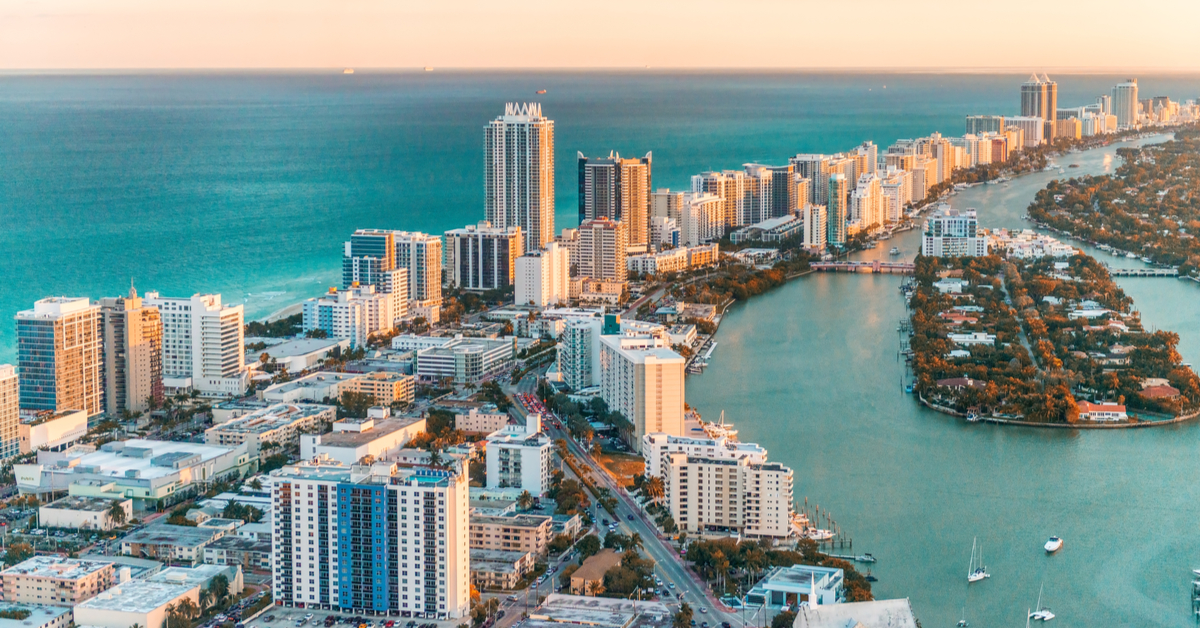Miami remains the country’s most competitive rental housing market, according to a new report from RentCafe.
At 122 points, the South Florida hub had the highest competitiveness score of the 139 markets evaluated by the rental website. RentCafe’s competitiveness metric is based on five measurables: average vacant days per unit, share of apartments that are occupied, prospective apartments per vacancy, the lease-renewal rate and new apartments as a share of total stock.
Developers continue to deliver new rental inventory into Miami, as newly built apartments represent 1% of the city’s housing supply, a relatively high percentage. But demand in Miami is so high that 73% of apartment renters renewed their leases during the peak summer rental season, helping to keep the city’s occupancy rate at a sky-high 97.1%.
Moreover, Miami has a whopping 25 prospective renters per vacant unit, easily the most among the 20 markets that RentCafe ranked as the most competitive. And the renter pool in Miami got more crowded as the summer wore on, with this figure rising from 24 prospective renters at the beginning of the summer season. Miami apartments also average just 30 vacant days after hitting the market, one of the lowest rates among the top 20 markets.
Notably, despite Miami’s status as a rental hot spot, only three Florida markets were listed in RentCafe’s summer top 20, down from five one year ago. Broward County, in the Miami metro area, ranked ninth, followed by Orlando in 10th.
The Midwest was the nation’s most competitive rental region, with three markets in the top five: Milwaukee (with a score of 116) at No. 2; the Chicago suburbs (112) at No. 4; and Grand Rapids, Michigan (108), at No. 5. Northern New Jersey (113) finished in third place.
Also of note is that 54% of the markets analyzed by RentCafe were less competitive across all five metrics compared to the same time last year. The most noticeable shifts were in the increase in the number of days that apartments stayed vacant, as well as the dip in the number of renters per available unit. Nationwide, there were typically 15 renters competing for a vacant apartment during the peak rental season in 2022, compared to only 10 this year. And rentals were vacant for an average of 32 days last year, but that figure grew to 37 days in 2023.





